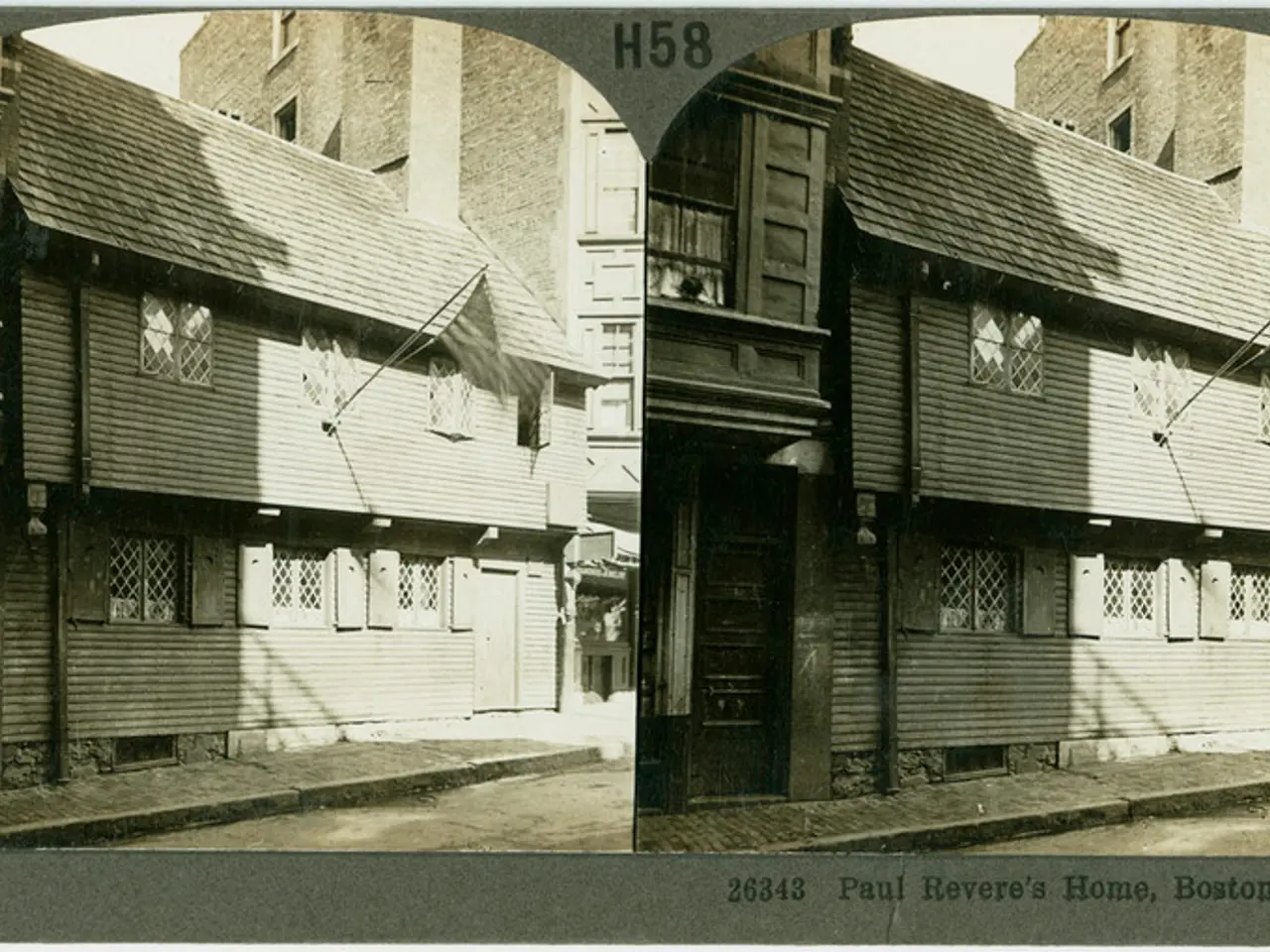Revamping Ancient Structures: A Balance of Art and Science in Historic Building Conservation
In the realm of preserving our cultural heritage, the restoration of historic buildings presents a unique challenge. Strict preservation guidelines ensure these structures maintain their original charm, while meeting modern building codes. This delicate balance is achieved through the marriage of traditional craftsmanship with digital innovation, material science, and adaptive reuse strategies [1][3][4].
Parametric Design and Digital Modeling have become key contemporary approaches. Architects employ parametric design tools and smart algorithms to digitally map, analyze, and restore complex historical geometries with precision. This approach allows for the assessment of structural weaknesses while preserving original details, bridging the past and present with data-driven interventions [1][3][4].
The use of authentic materials with modern compatibility is another crucial aspect. Restoration favours using original or closely matching materials such as salvaged or custom-made bricks, lime-based mortars (preferred over Portland cement for flexibility and breathability), and gentle cleaning methods. This approach maintains the building’s historical character while improving durability [2].
Selective repointing and brick replacement are essential techniques in preserving the structural integrity of these buildings. Deteriorated mortar joints are carefully removed and replaced with mortar matching the original in composition and appearance. Damaged bricks are replaced with salvaged or replicative bricks installed with compatible mortar to ensure structural stability without compromising aesthetics [2].
Integration of structural stabilization techniques is also vital. Measures such as installing wall ties or anchors reinforce weakened masonry. Addressing underlying issues like water infiltration and foundation settlement safeguards long-term sustainability [2][5].
Digital tools are also enhancing traditional crafts like stone carving, improving accuracy and reducing material waste, which supports sustainability and heritage fidelity [3][4].
Adaptive reuse and preservation zoning are common in restoration projects. Modern systems (HVAC, plumbing, elevators) are integrated carefully with minimal disruption to original fabric, balancing efficiency with heritage conservation [5].
Contextual and symbolic material choices are thoughtfully employed to maintain resilience and visual harmony. Materials like corten steel, valued for durability and symbolic rusted texture, are used to complement and contrast old materials [4].
These methods collectively advance sustainable development by extending the lifespan of historic structures, reducing waste through material reuse, and enhancing energy efficiency with modern systems discreetly integrated. They underscore cultural heritage preservation by maintaining architectural authenticity, respecting original workmanship, and employing reversible or minimally invasive techniques whenever possible [1][2][3][4][5].
One company leading the charge in this field is Heather & Little, which focuses on genuine restoration through historical tools and methods, aiming for the highest quality and most accurate outcome. Finding materials that match the original architecture can be challenging in centuries-old buildings. However, restorers often source salvaged materials or work with specialists to recreate historic materials [6][7].
Non-destructive testing methods are used to assess structural integrity, while 3D scanning and modeling are employed for precise documentation and replication of architectural elements. Heather & Little prioritizes traditional tools and methods in restoration, but selectively uses technology where it complements craftsmanship [6][7].
Advanced materials that mimic historical ones while offering improved durability are emerging, offering a promising future for sustainable historical architectural restoration. The blend of digital technologies, material science innovations, traditional craftsmanship, and adaptive design strategies defines the cutting edge of this field today [1][2][3][4][5].
- The application of parametric design and digital modeling in architectural restoration helps preserve the historical character of buildings while assessing structural weaknesses with precision.
- Selecting authentic materials with modern compatibility is essential for preserving the integrity of historic buildings, as it allows for the use of salvaged or custom-made bricks and lime-based mortars.
- Integration of structural stabilization techniques, such as wall ties or anchors, addresses underlying issues in weakened masonry, ensuring long-term sustainability in historic building restoration.
- Modern lifestyle and home-and-garden sectors are embracing environmental-science and health-and-wellness principles, as they integrate sustainable technologies discreetly into historic buildings, promoting energy efficiency.
- Fitness-and-exercise and education-and-self-development sectors have taken an interest in historical architecture restoration, as the process showcases the adaptation of traditional crafts like stone carving through the use of digital tools, ensuring accuracy and reducing waste.





